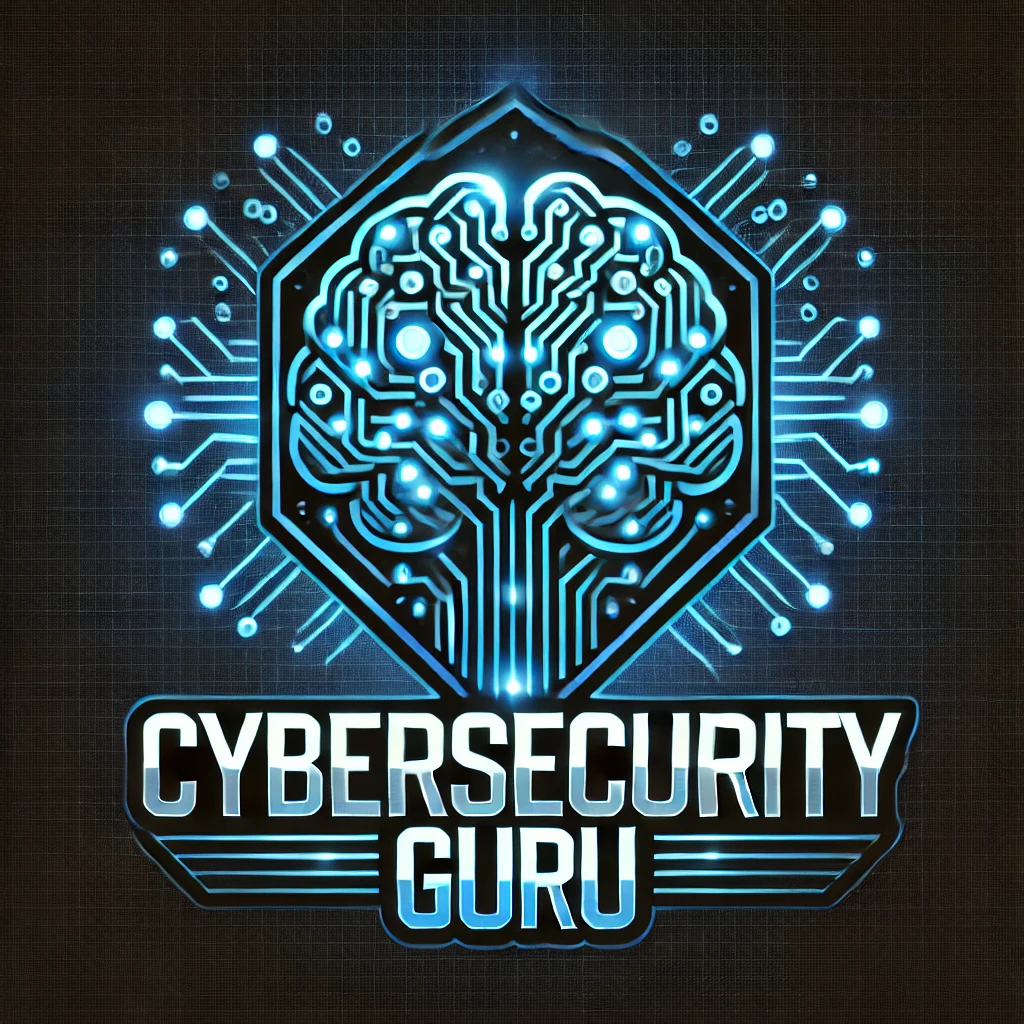Author: admin
-
Understanding AI, ML, DL, LLM, and AGI: The Evolution of Intelligent Systems
Artificial Intelligence (AI) has rapidly evolved, bringing forth a suite of technologies that are revolutionizing industries and reshaping the way we interact with machines. Among the most significant advancements are Machine Learning (ML), Deep Learning (DL), Large Language Models (LLM), and the pursuit of Artificial General Intelligence (AGI). Understanding the distinctions and interconnections between these…
-
Building an Interactive Data Dashboard with R, World Bank Data, and Streamlit
Introduction R is a powerful programming language for statistical computing and data visualization. When combined with the vast datasets available from the World Bank and the interactivity of Streamlit, we can create insightful and interactive data dashboards with minimal effort. In this blog, we will walk through the process of using R to analyze World…
-
Understanding the Open Cybersecurity Schema Framework (OCSF): A Unified Approach to Cybersecurity Data
In today’s complex cybersecurity landscape, organizations face significant challenges in handling diverse security data formats from multiple vendors. The Open Cybersecurity Schema Framework (OCSF) aims to address this issue by providing a standardized schema for cybersecurity data, enabling improved interoperability, faster threat detection, and more efficient security operations. What is OCSF? OCSF is an open-source…
-
Building a Knowledge Base Frontend with AWS Bedrock and RAG Using Streamlit
Introduction In the age of AI-driven applications, organizations seek efficient ways to manage and retrieve knowledge from vast datasets. One powerful approach is using Retrieval-Augmented Generation (RAG), which combines information retrieval with generative AI models. AWS Bedrock, Amazon’s cloud-based AI service, allows seamless integration of powerful foundation models with retrieval mechanisms. In this blog, we…
-
Understanding AI, AGI, Reinforcement Learning, and Transformers in LLMs
Artificial Intelligence (AI) has made significant strides in recent years, revolutionizing industries and our daily lives. However, within AI, several subfields and concepts often create confusion. Terms like Artificial General Intelligence (AGI), Reinforcement Learning (RL), and Transformer-based Large Language Models (LLMs) are commonly mentioned, but they have distinct meanings and applications. This blog aims to…
-
Mastering Enterprise Security Technologies and Architecture Principles
In today’s cybersecurity landscape, securing sophisticated environments requires an intimate knowledge of enterprise security technologies, security architecture principles, and industry security frameworks such as NIST, ISO, and CIS. Organizations must establish a security-first approach that integrates these frameworks to build resilient architectures. This blog explores how to leverage these principles to design, implement, and maintain…
-
Designing, Implementing, and Maintaining Flawless Security Architectures
In today’s dynamic cybersecurity landscape, organizations must establish robust security architectures that seamlessly integrate key security capabilities. A well-structured security framework safeguards digital assets, ensures compliance, and mitigates evolving threats. This blog explores how to design, implement, and maintain flawless security architectures focusing on Cloud Security, Network Security, Identity and Access Management (IAM), Endpoint Security,…
-
Effective Threat Response: A Proactive Approach to Cybersecurity
In today’s digital landscape, cyber threats are becoming increasingly sophisticated, requiring organizations to adopt a structured and efficient threat response strategy. Effective threat response ensures that potential security incidents are swiftly detected, contained, and mitigated to minimize business impact. This blog explores the key components of a robust threat response framework, best practices, and how…
-
Zero Trust Architecture: Redefining Cybersecurity for the Modern Era
In today’s digital landscape, traditional perimeter-based security models are no longer sufficient. With the rise of cloud computing, remote work, and sophisticated cyber threats, organizations need a more robust approach to security. This is where Zero Trust Architecture (ZTA) comes in. Zero Trust operates on the principle of “Never Trust, Always Verify”, ensuring continuous verification…
-
AI and Machine Learning in Cybersecurity and Pentesting
Artificial Intelligence (AI) and Machine Learning (ML) are transforming the cybersecurity landscape. As cyber threats become more sophisticated, AI/ML technologies help organizations detect, prevent, and respond to attacks more efficiently. This article explores how AI/ML concepts are applied in cybersecurity and penetration testing (pentesting), providing insights into their benefits, challenges, and use cases. Understanding AI…
